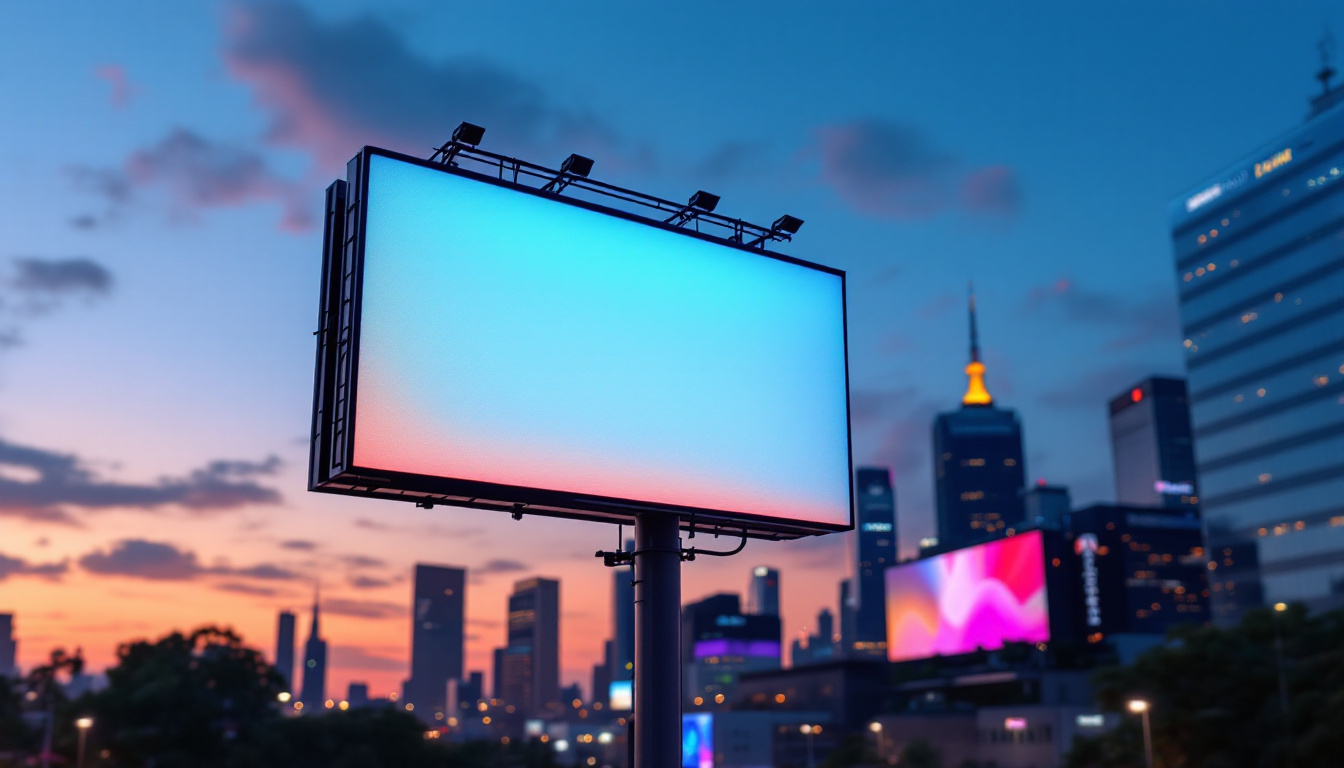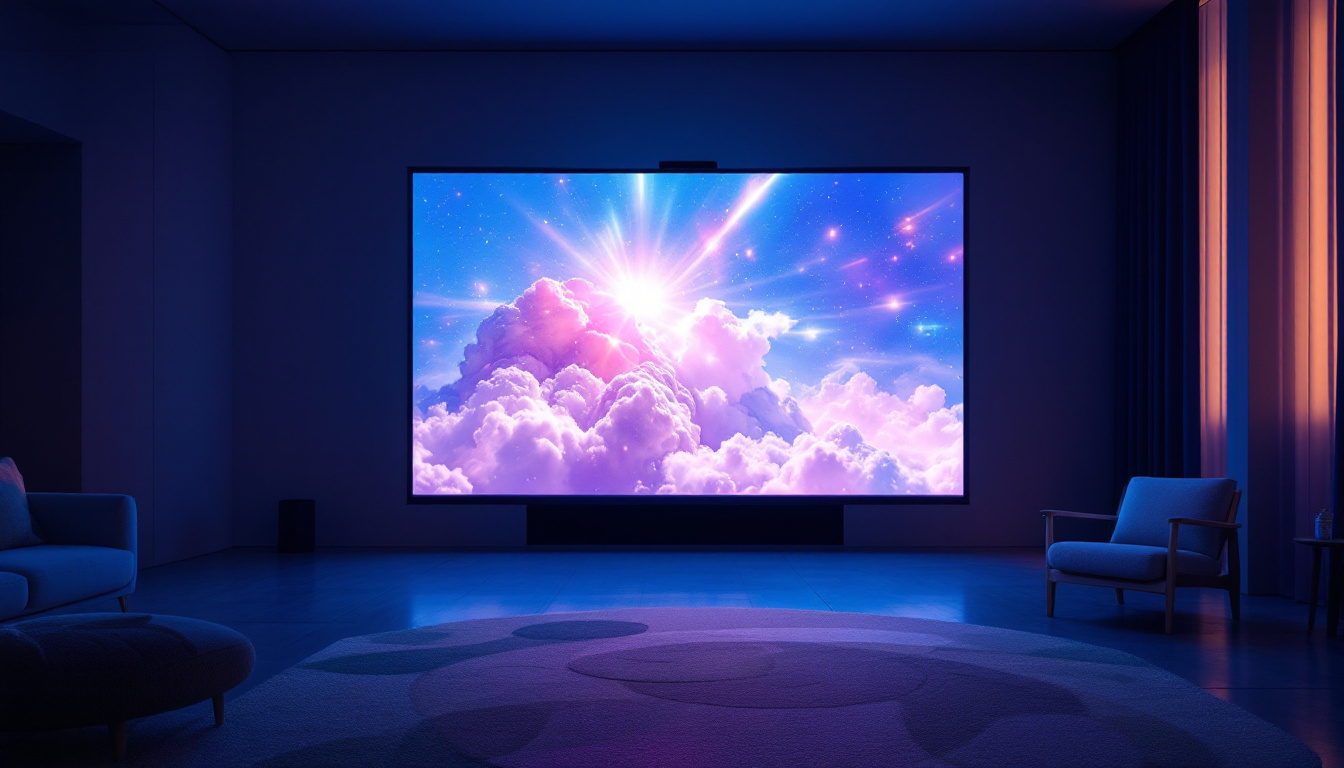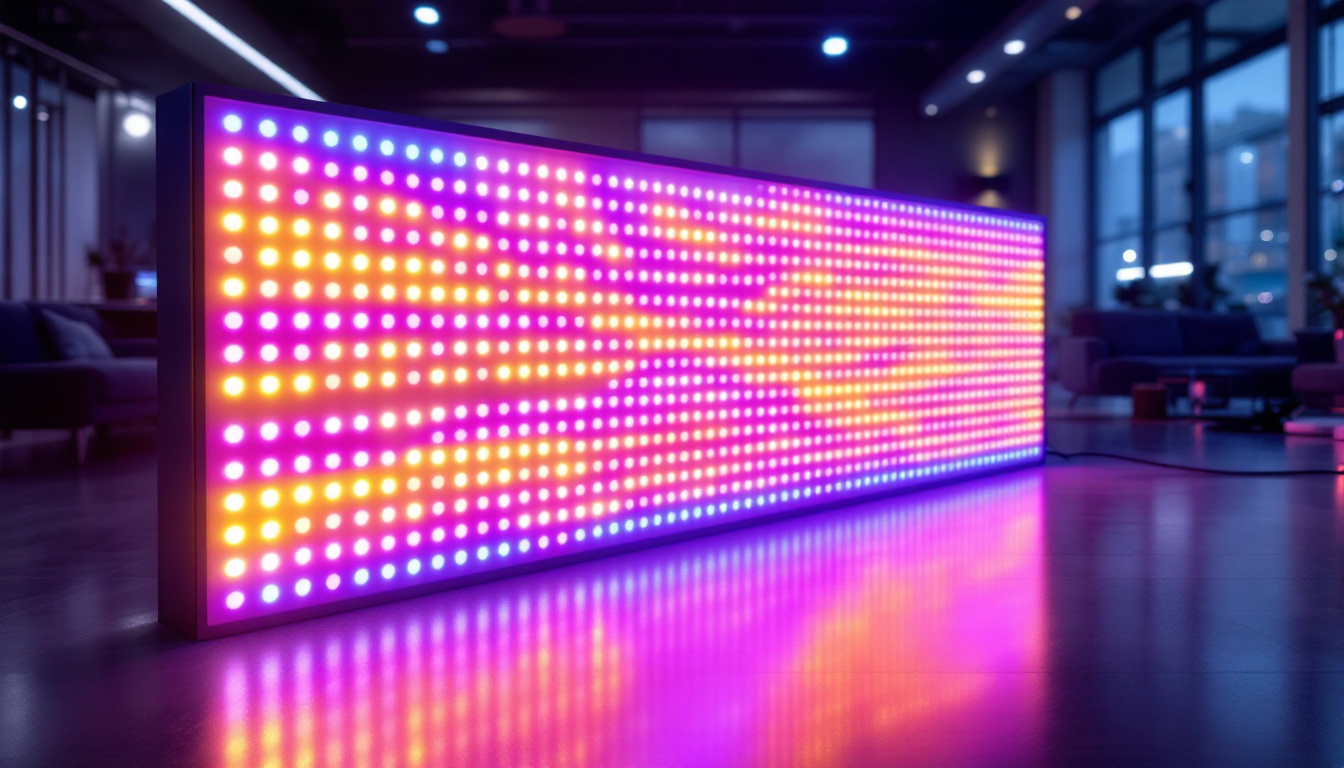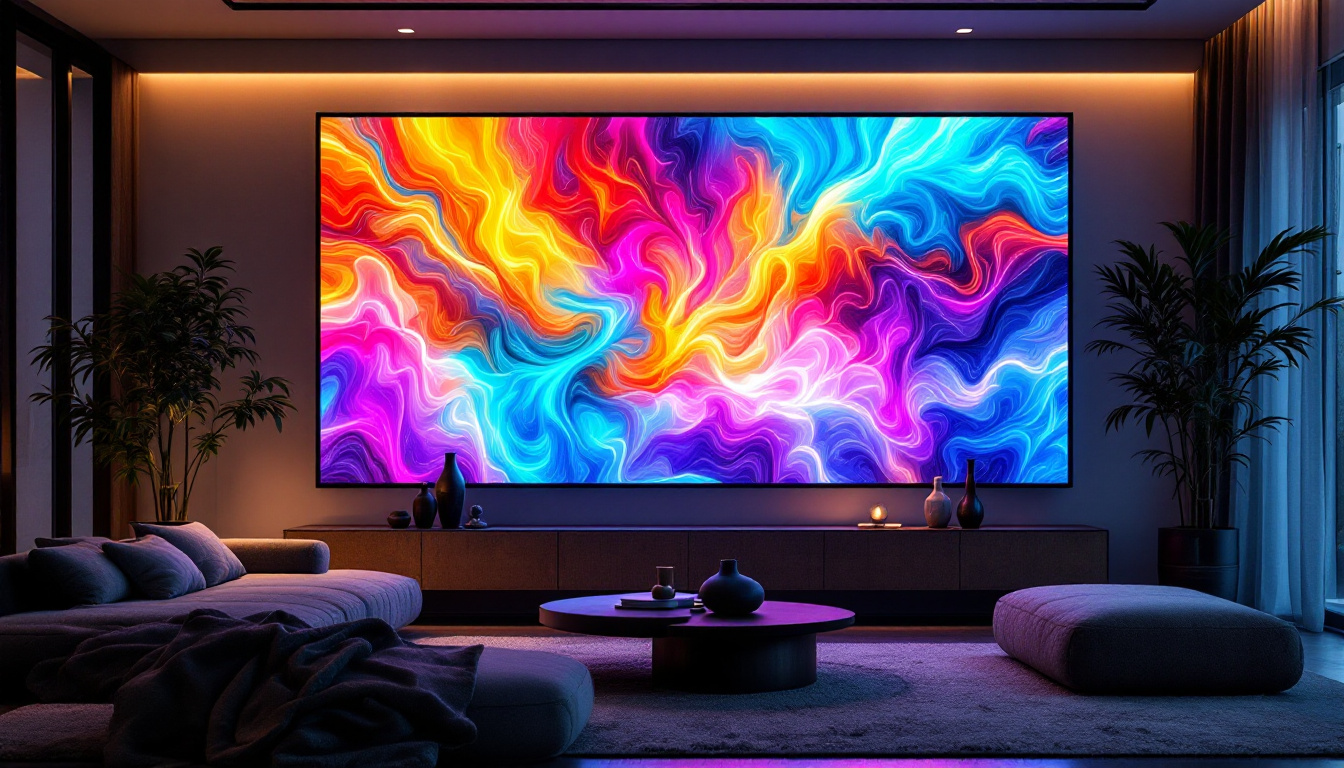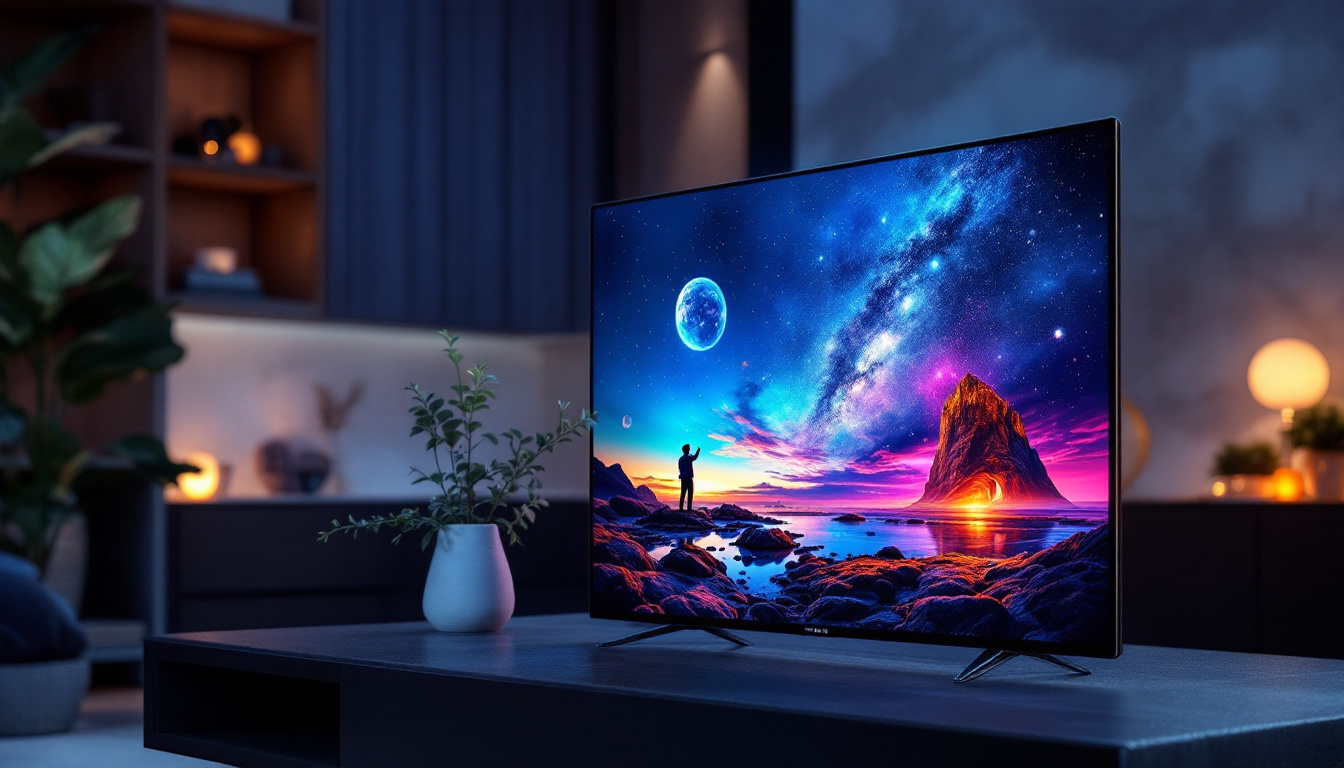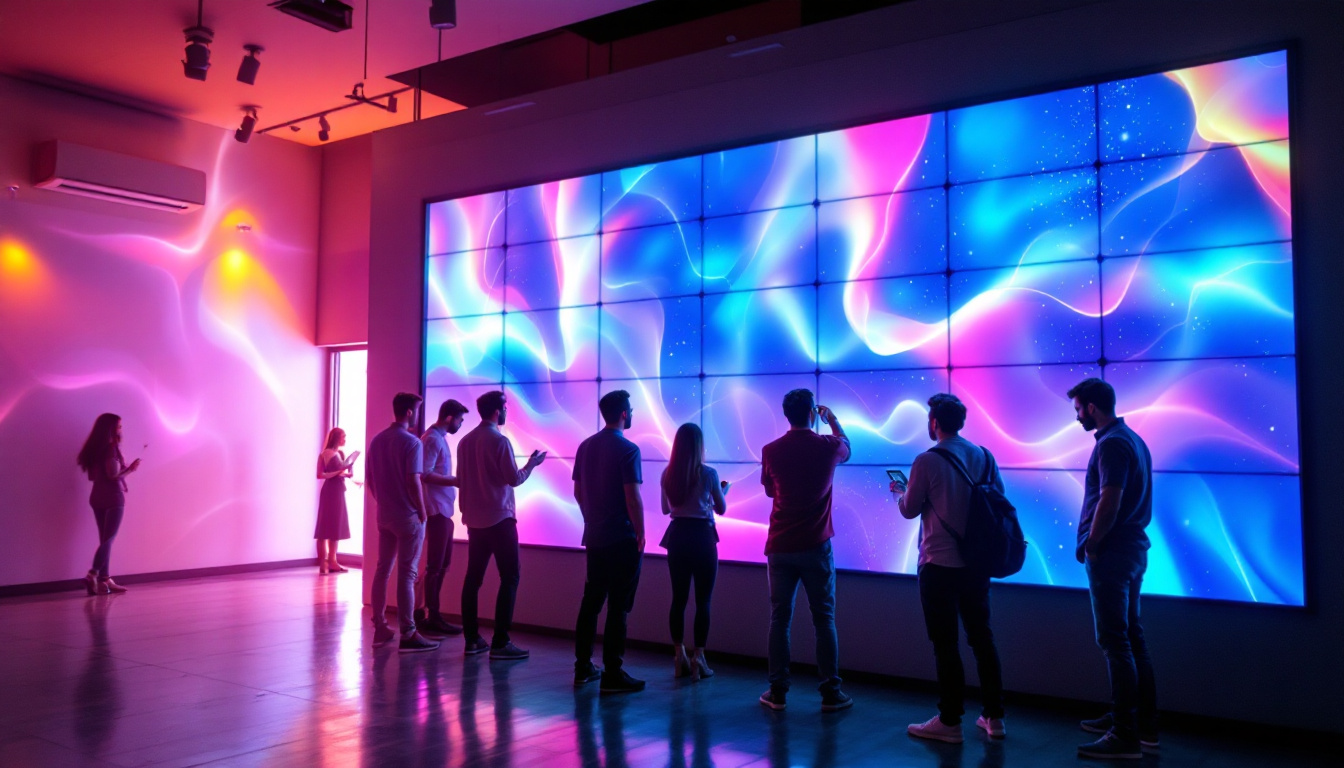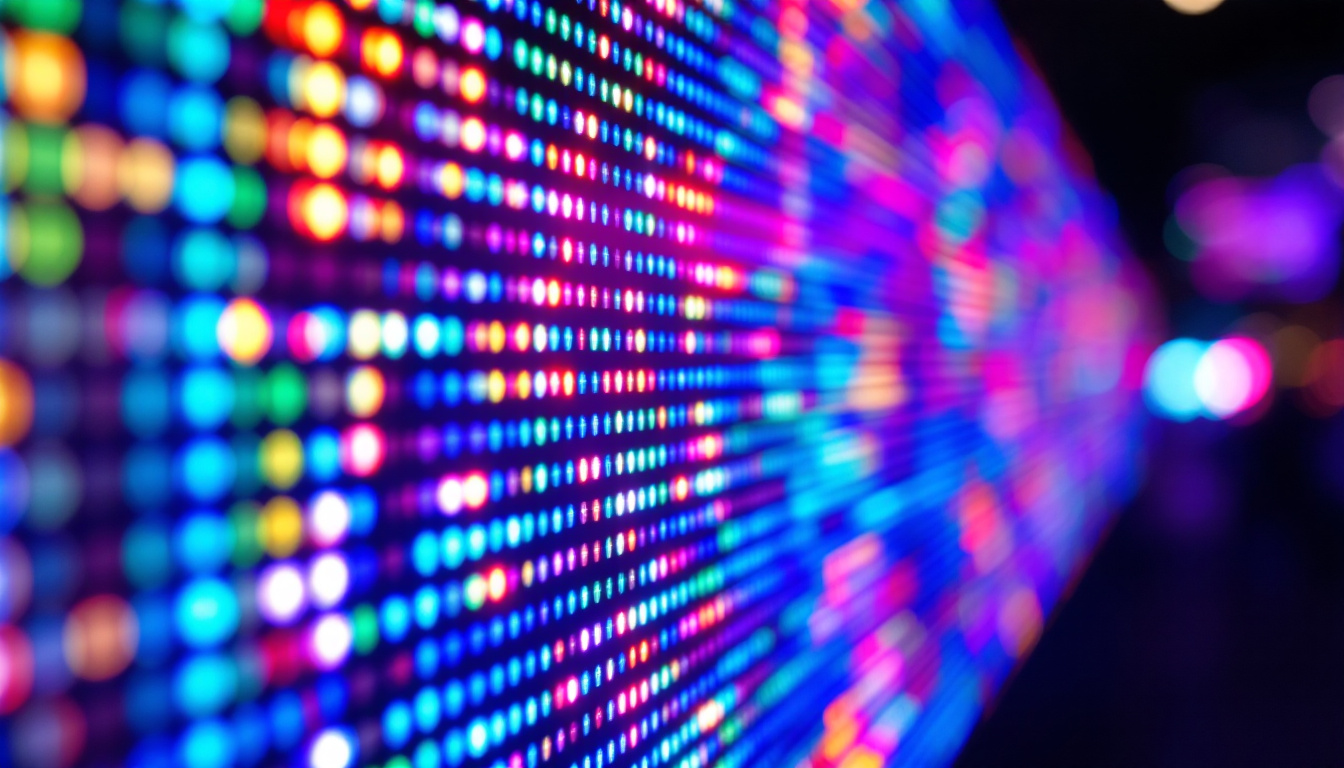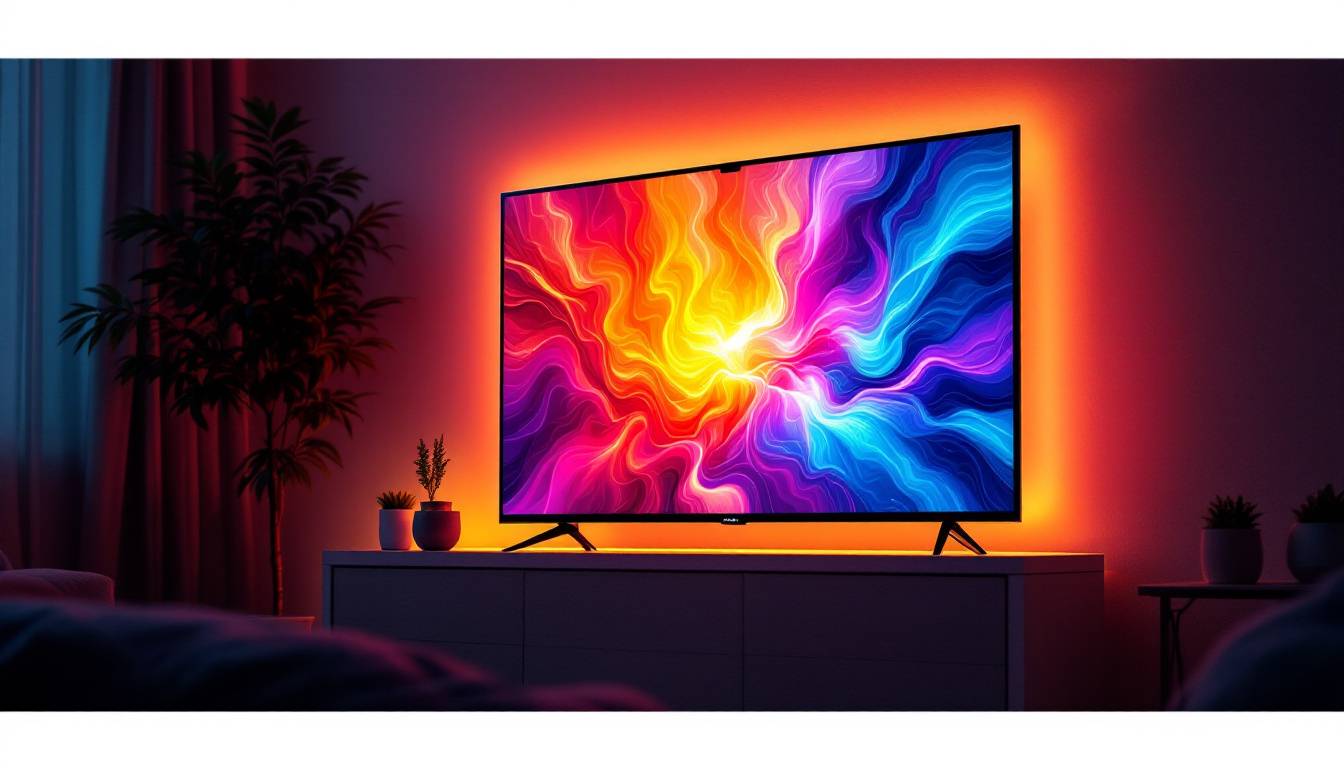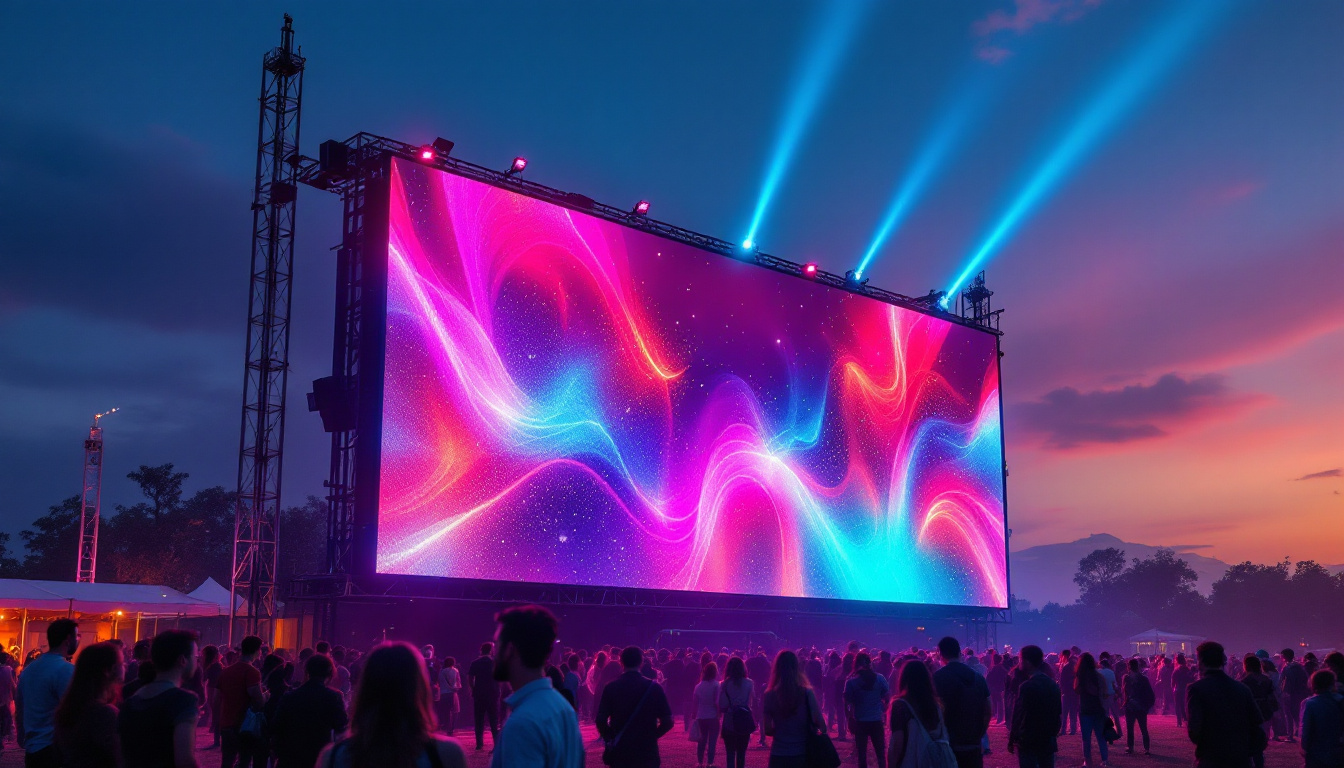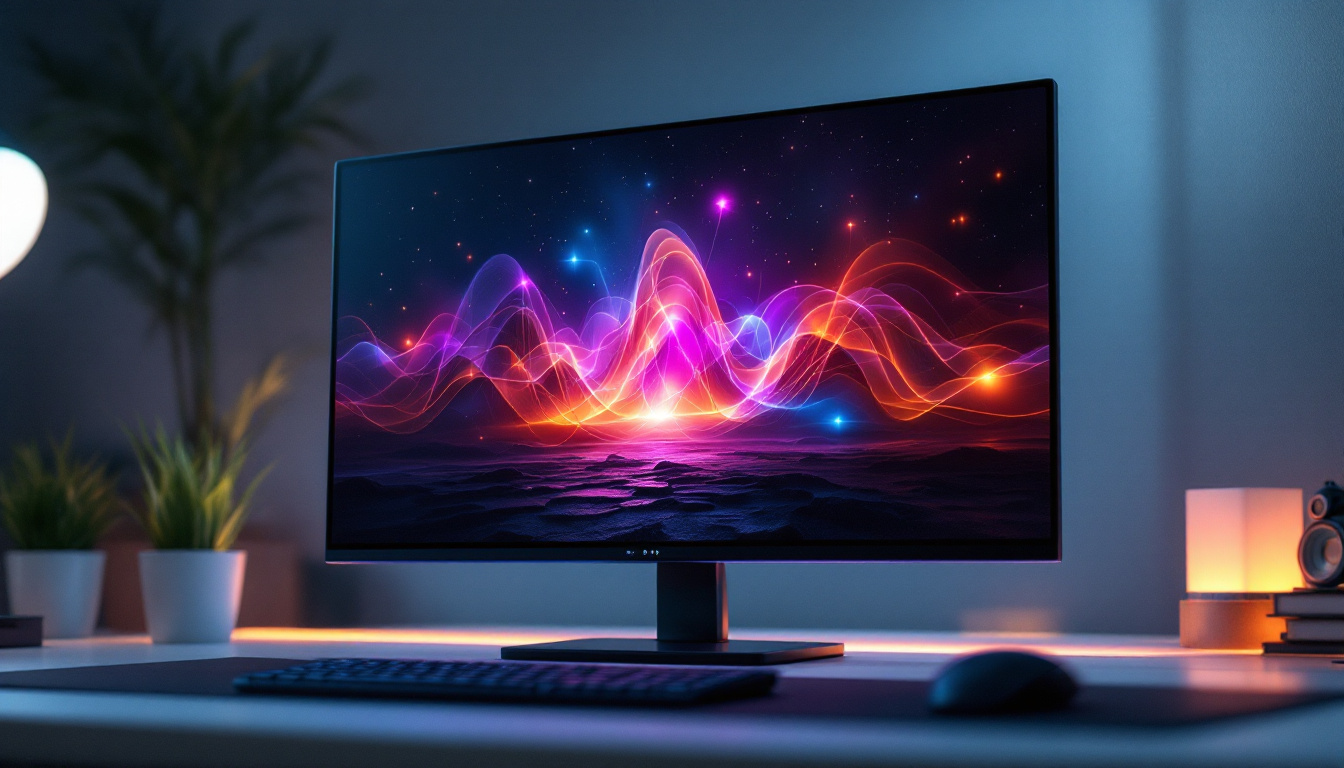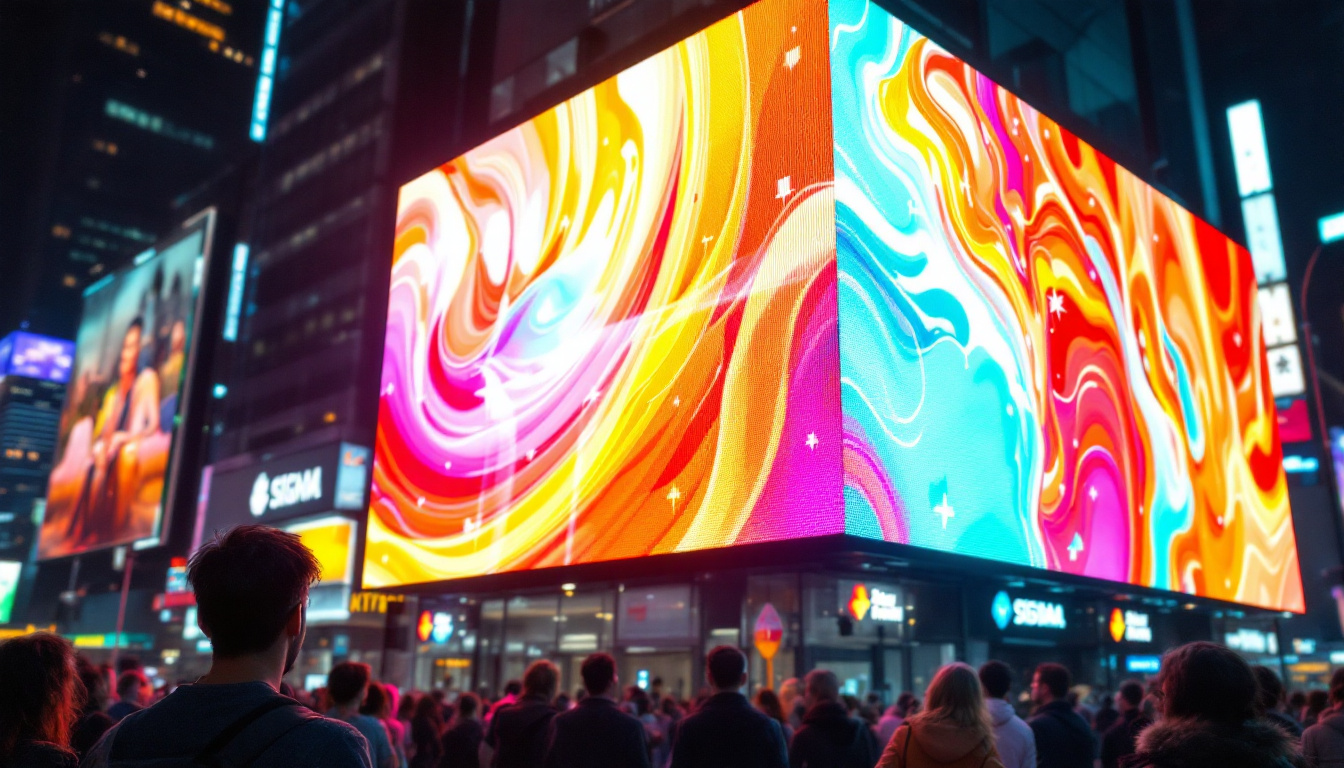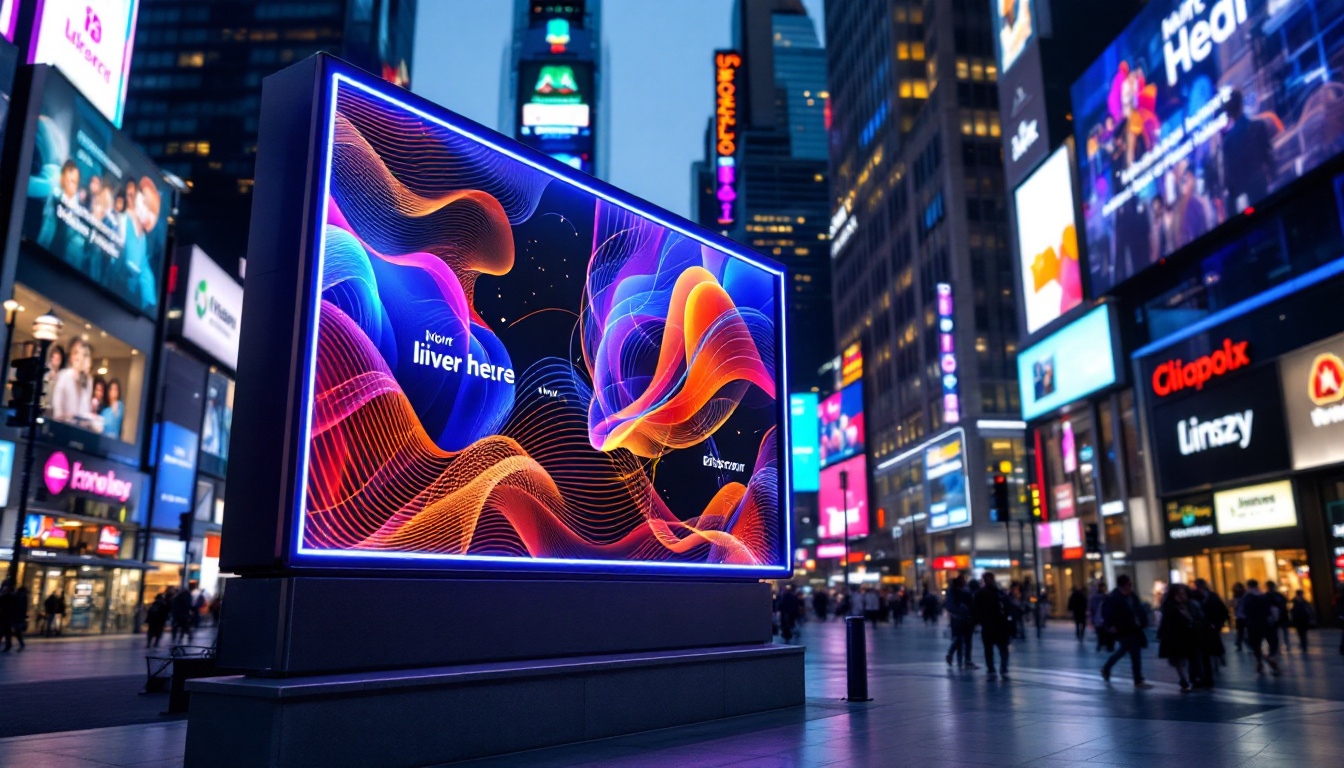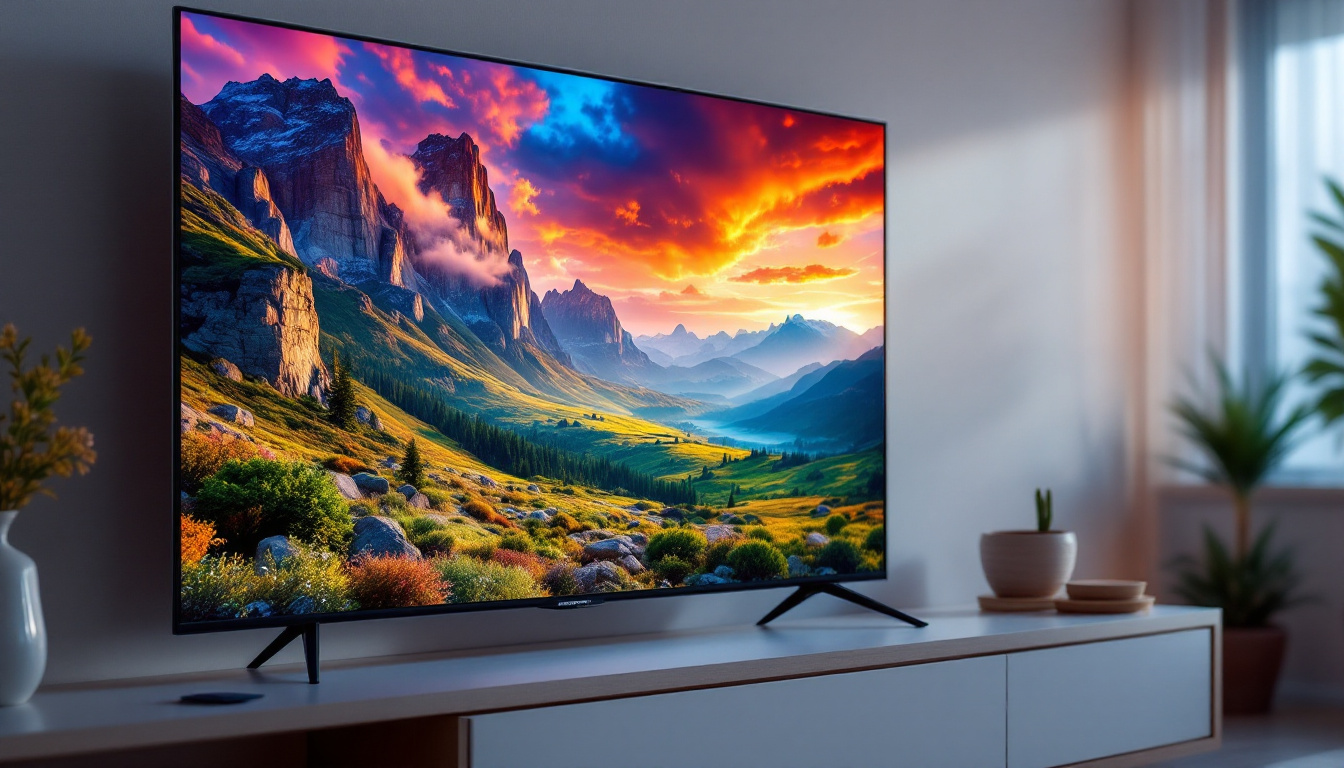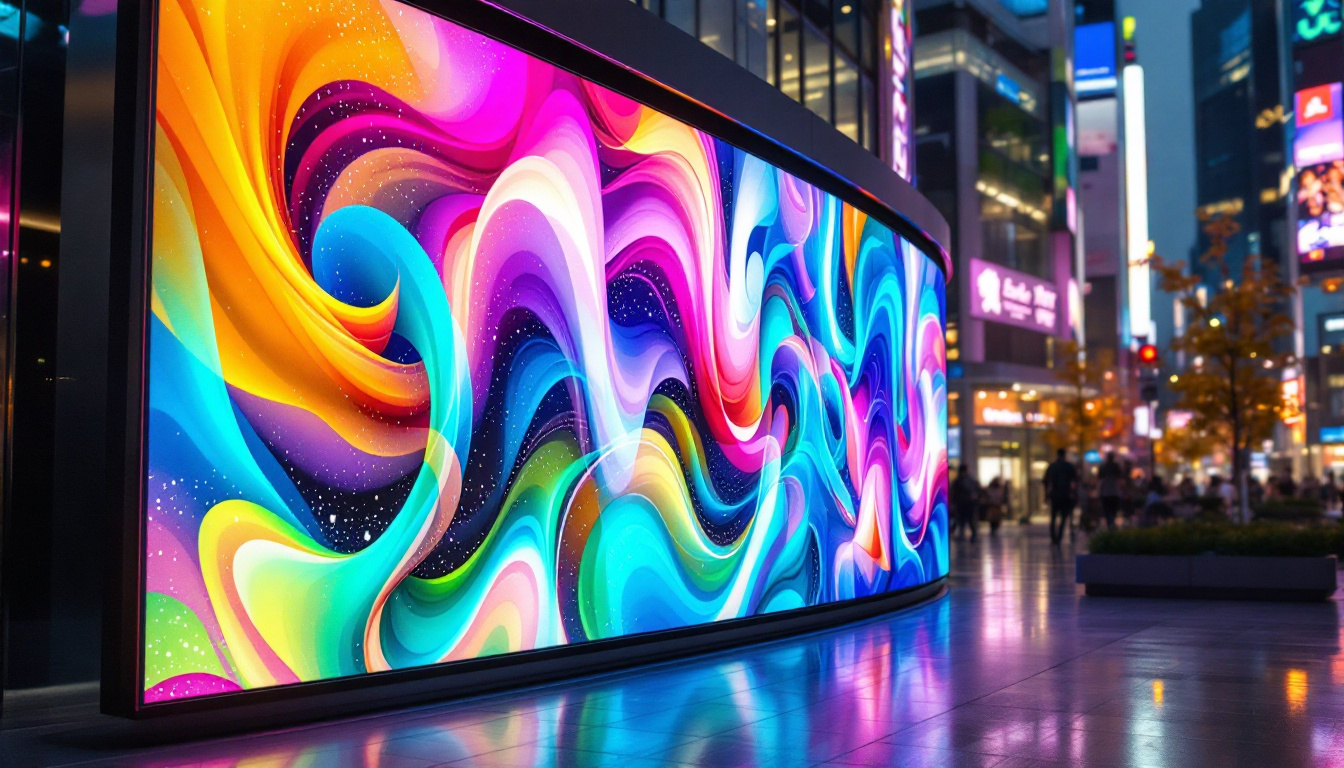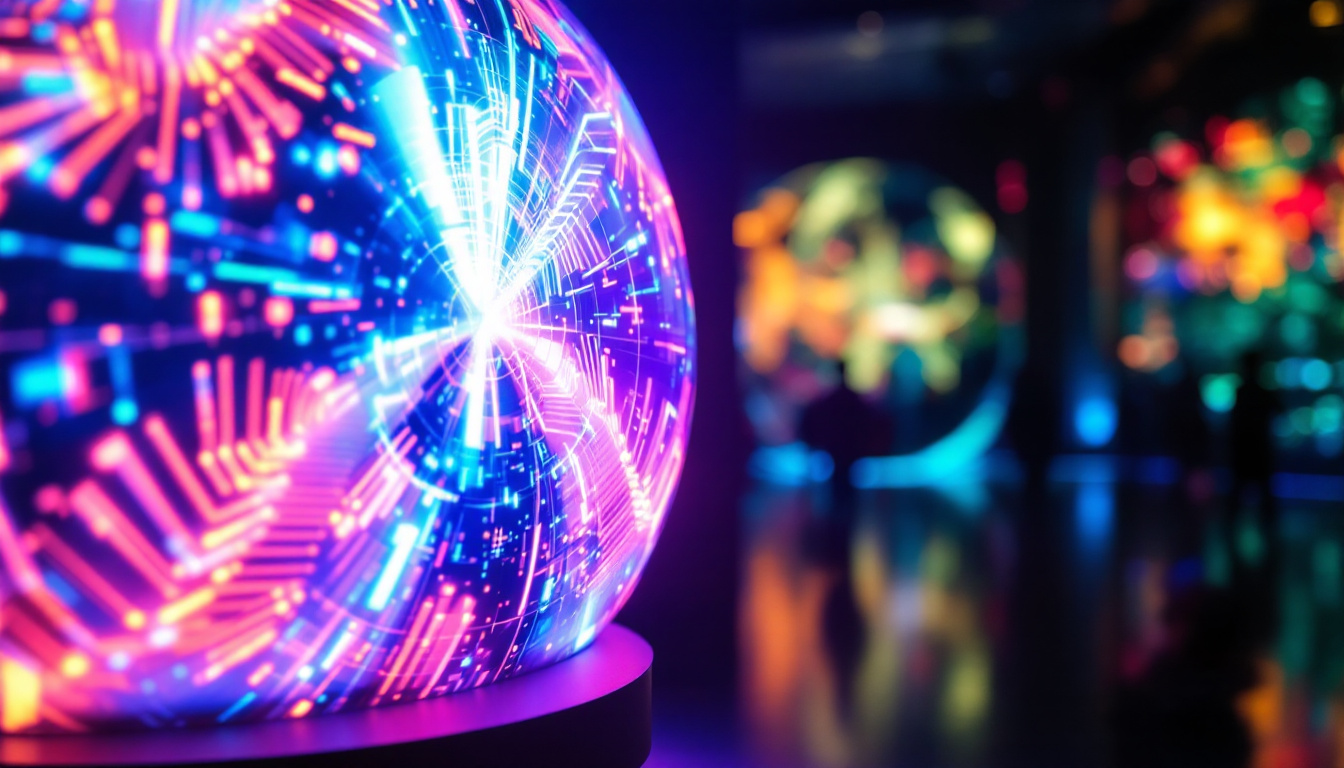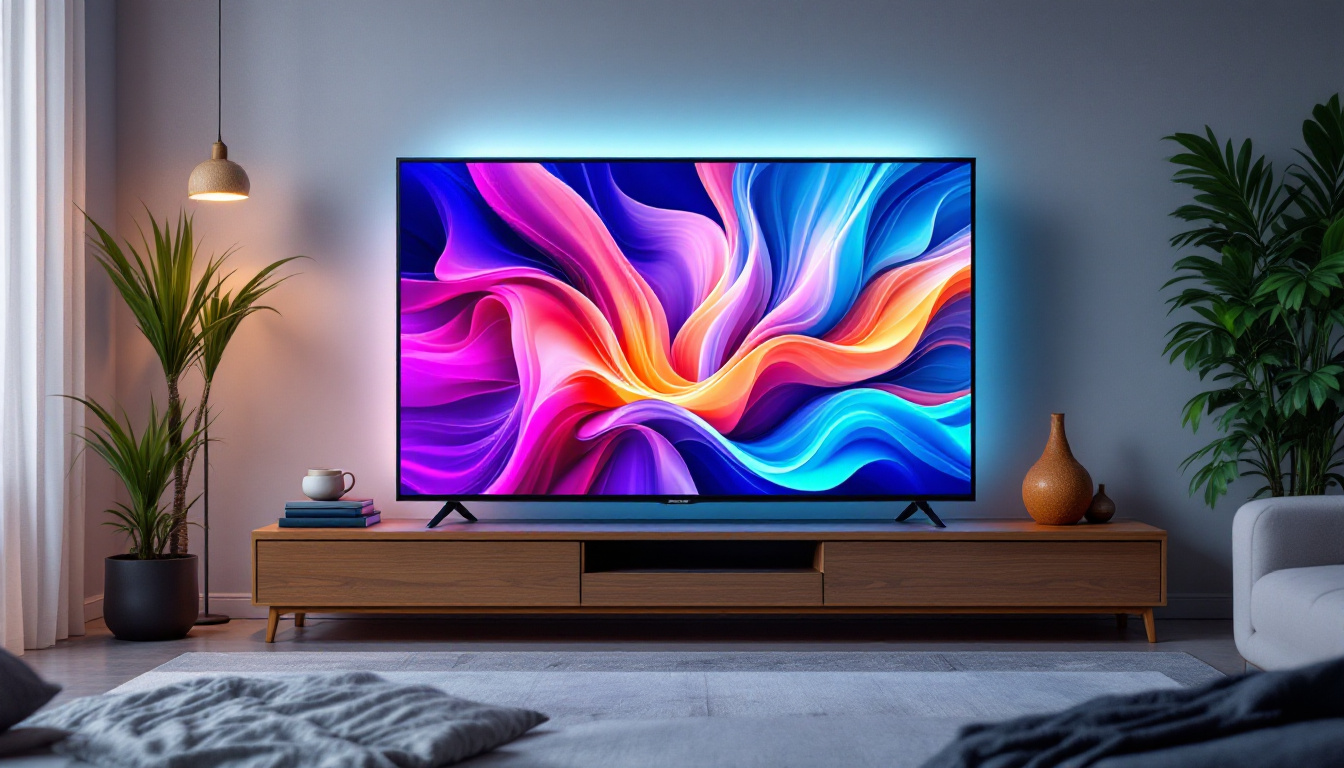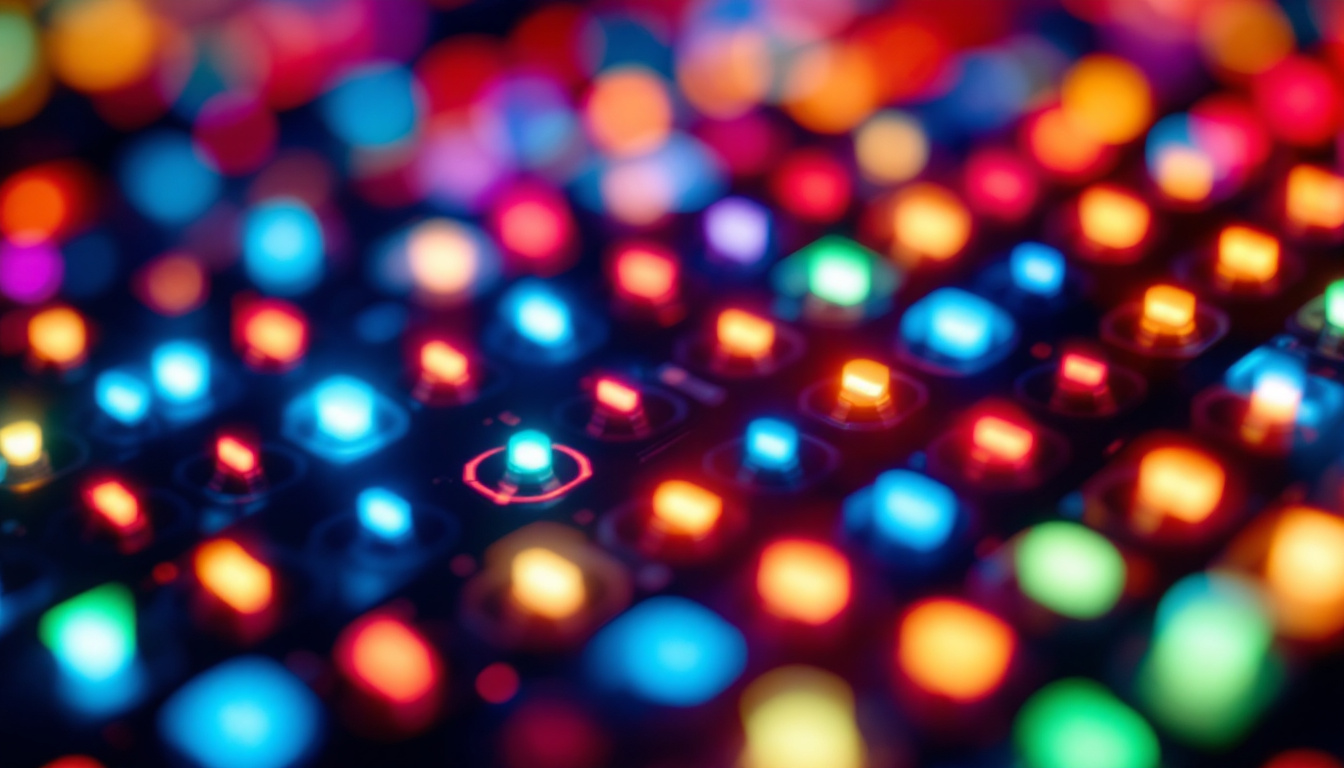In the world of modern television technology, LED displays have become a cornerstone of visual entertainment. Their vibrant colors, energy efficiency, and sleek designs have made them a popular choice among consumers and manufacturers alike. This article delves into the intricacies of LED displays, exploring their functionality, advantages, and the role they play in the DTV (Digital Television) landscape.
Understanding LED Technology
LED, or Light Emitting Diode, technology is a method of producing light through the movement of electrons in a semiconductor material. This technology is not only pivotal in lighting but has also revolutionized the display industry. In essence, an LED display utilizes thousands of tiny diodes to create images and videos, offering superior brightness and contrast compared to traditional display technologies.
The Basics of LED Displays
At its core, an LED display consists of a matrix of pixels, each made up of red, green, and blue (RGB) diodes. By adjusting the intensity of these diodes, a wide spectrum of colors can be produced, allowing for high-quality images and videos. This pixel arrangement can be configured in various ways, leading to different types of LED displays, such as direct-view LED and LED-backlit LCD.
Direct-view LED displays are formed entirely of LEDs, while LED-backlit LCDs use LEDs to illuminate a liquid crystal display. The choice between these two types often depends on the intended application, with direct-view displays typically offering better contrast and color accuracy. Additionally, direct-view LED technology has paved the way for large-scale video walls, commonly seen in stadiums, concerts, and advertising billboards, where vibrant visuals and high brightness are crucial for visibility in various lighting conditions.
How LED Displays Work
LED displays operate by converting electrical energy into light. When an electric current passes through the semiconductor material in the diodes, it excites the electrons, causing them to emit photons, which are visible light particles. The combination of different colored diodes allows for the creation of full-color images.
Furthermore, LED displays can be categorized into two main types: passive and active matrix. Passive matrix displays use a simpler grid structure and are generally less expensive, but they offer lower resolution and slower refresh rates. Active matrix displays, on the other hand, utilize thin-film transistors (TFTs) to control each pixel individually, resulting in sharper images and faster response times. This technology is particularly beneficial in applications such as smartphones and tablets, where high resolution and quick refresh rates enhance the user experience. As a result, active matrix LED displays have become the standard in modern consumer electronics, providing users with vibrant visuals and seamless interactions.
Moreover, advancements in LED technology have led to the development of organic light-emitting diodes (OLEDs), which offer even greater flexibility in design and improved color accuracy. OLEDs use organic compounds that emit light when an electric current is applied, allowing for thinner screens and more versatile applications, including curved and foldable displays. This innovation has opened new avenues in the display market, pushing the boundaries of what is possible in visual technology and setting the stage for future developments in both consumer and commercial applications.
Advantages of LED Displays
LED displays offer a myriad of advantages that make them a preferred choice for both consumers and businesses. From energy efficiency to superior image quality, these displays have transformed the viewing experience.
Energy Efficiency
One of the most significant benefits of LED technology is its energy efficiency. Compared to traditional display technologies, such as cathode ray tubes (CRTs) and even some LCDs, LED displays consume considerably less power. This not only reduces electricity bills but also contributes to a lower carbon footprint, making LED displays an environmentally friendly option.
Moreover, the longevity of LED displays further enhances their energy efficiency. With a lifespan of up to 100,000 hours, these displays require less frequent replacements, which ultimately reduces waste and resource consumption.
Image Quality
LED displays are renowned for their exceptional image quality. The ability to produce deep blacks and bright whites allows for a greater contrast ratio, enhancing the overall viewing experience. The color accuracy of LED displays is also noteworthy, with the capability to reproduce a wider color gamut compared to traditional technologies.
Additionally, LED displays exhibit faster refresh rates, which minimizes motion blur during fast-paced scenes. This characteristic is particularly advantageous for sports enthusiasts and gamers who demand high performance from their displays.
Versatility and Design
The versatility of LED displays is another key advantage. They can be found in various sizes and formats, from small screens used in smartphones to massive outdoor billboards. This adaptability makes them suitable for a wide range of applications, including advertising, entertainment, and information dissemination.
Furthermore, the slim profile of LED displays allows for sleek and modern designs, making them an aesthetically pleasing choice for both residential and commercial spaces. Their lightweight nature also facilitates easy installation and mounting, further enhancing their appeal.
The Role of LED Displays in DTV
As the transition from analog to digital television continues, LED displays play a pivotal role in enhancing the DTV experience. Their capabilities align well with the demands of high-definition content, making them an integral part of modern television systems.
High Definition and 4K Content
With the advent of high-definition (HD) and 4K content, the need for displays that can accurately reproduce this level of detail has become paramount. LED displays, particularly those with 4K resolution, offer the necessary pixel density to deliver stunning visuals. This is crucial for viewers who wish to experience movies, sports, and gaming at their best.
Moreover, many LED displays now support advanced technologies such as High Dynamic Range (HDR), which enhances the contrast and color range of the displayed content. This feature allows for a more immersive viewing experience, making LED displays a popular choice for DTV.
Smart TV Integration
In the realm of DTV, smart TVs have gained significant traction, and LED displays are at the forefront of this trend. Many modern LED TVs come equipped with smart features, allowing users to stream content, browse the internet, and access various applications directly from their screens.
This integration of LED technology with smart capabilities has transformed the way viewers consume content, providing a seamless and interactive experience. With built-in Wi-Fi and user-friendly interfaces, smart LED TVs cater to the evolving preferences of today’s audiences.
Challenges and Considerations
Despite their numerous advantages, LED displays are not without challenges. Understanding these limitations is essential for consumers and businesses when considering an investment in this technology.
Cost Implications
While the prices of LED displays have decreased over the years, they can still be more expensive than traditional technologies, particularly in larger formats. This initial investment may deter some consumers, especially those on a tight budget. However, it is important to consider the long-term savings associated with energy efficiency and durability.
Additionally, the rapid pace of technological advancement means that newer models are frequently released, which can lead to concerns about obsolescence. Consumers should weigh the benefits of investing in the latest technology against their specific needs and budget.
Viewing Angles and Color Consistency
Another challenge associated with LED displays is the issue of viewing angles. While many LED displays offer improved viewing angles compared to older technologies, color and brightness can still shift when viewed from extreme angles. This can be particularly noticeable in larger screens where multiple viewers may be seated at different positions.
To mitigate this issue, consumers should consider the placement of their displays and the typical viewing arrangements in their homes or businesses. Additionally, investing in higher-end models that utilize advanced technologies can help improve color consistency across various viewing angles.
Future Trends in LED Display Technology
The future of LED display technology is promising, with ongoing advancements poised to enhance their performance and capabilities. As the demand for high-quality visual experiences continues to grow, several trends are emerging in the industry.
MicroLED Technology
MicroLED technology represents one of the most exciting developments in the display industry. This innovation involves the use of microscopic LEDs to create individual pixels, resulting in displays that offer superior brightness, color accuracy, and energy efficiency. MicroLED displays are also self-emissive, meaning they do not require a backlight, which allows for thinner and lighter designs.
As this technology matures, it is expected to challenge OLED displays, which are currently known for their deep blacks and vibrant colors. MicroLEDs could potentially combine the best features of both LED and OLED technologies, paving the way for a new era of display performance.
Flexible and Transparent Displays
Another trend gaining traction is the development of flexible and transparent LED displays. These innovative designs can be bent or shaped to fit various applications, from curved screens in automotive displays to transparent screens for augmented reality experiences. Such versatility opens up a world of possibilities for both consumer and commercial use.
As manufacturers continue to explore new materials and technologies, the potential for creative and functional display solutions will only expand, further integrating LED technology into everyday life.
Conclusion
LED displays have fundamentally changed the way we experience visual content, offering a blend of energy efficiency, superior image quality, and versatility. Their role in the DTV landscape is undeniable, as they continue to evolve alongside advancements in digital technology.
While challenges remain, the future of LED displays looks bright, with innovations such as MicroLED and flexible displays poised to redefine the possibilities of visual entertainment. As consumers and businesses navigate this dynamic landscape, understanding the intricacies of LED technology will be crucial in making informed decisions that enhance the viewing experience.
In summary, LED displays are not just a trend; they are a significant leap forward in display technology, promising to deliver an unparalleled visual experience for years to come.
Discover LumenMatrix’s Innovative LED Solutions
Ready to elevate your visual experience with the latest in LED technology? Look no further than LumenMatrix, a pioneer in crafting LED display modules that transform any space into a dynamic visual spectacle. Whether you’re in need of an Indoor LED Wall Display, a vibrant Outdoor LED Wall Display, or specialized solutions like Vehicle LED Displays and LED Sports Displays, LumenMatrix has you covered. Embrace the future of digital signage with our Custom LED Displays, All-in-One LED Displays, and revolutionary LED Transparent Displays. Check out LumenMatrix LED Display Solutions today and join the visual revolution!



